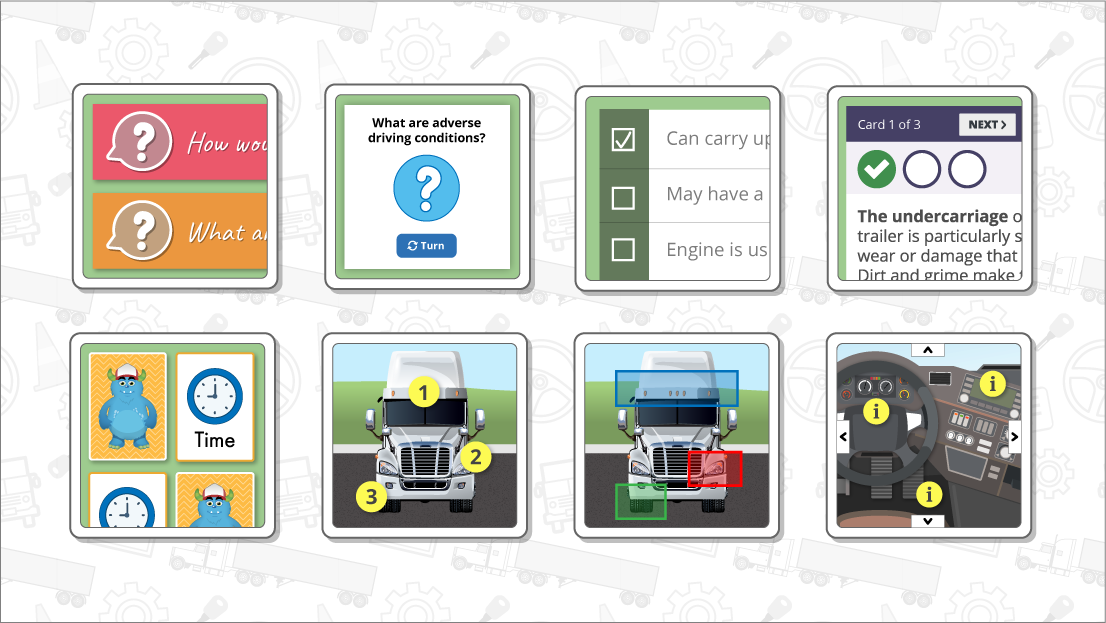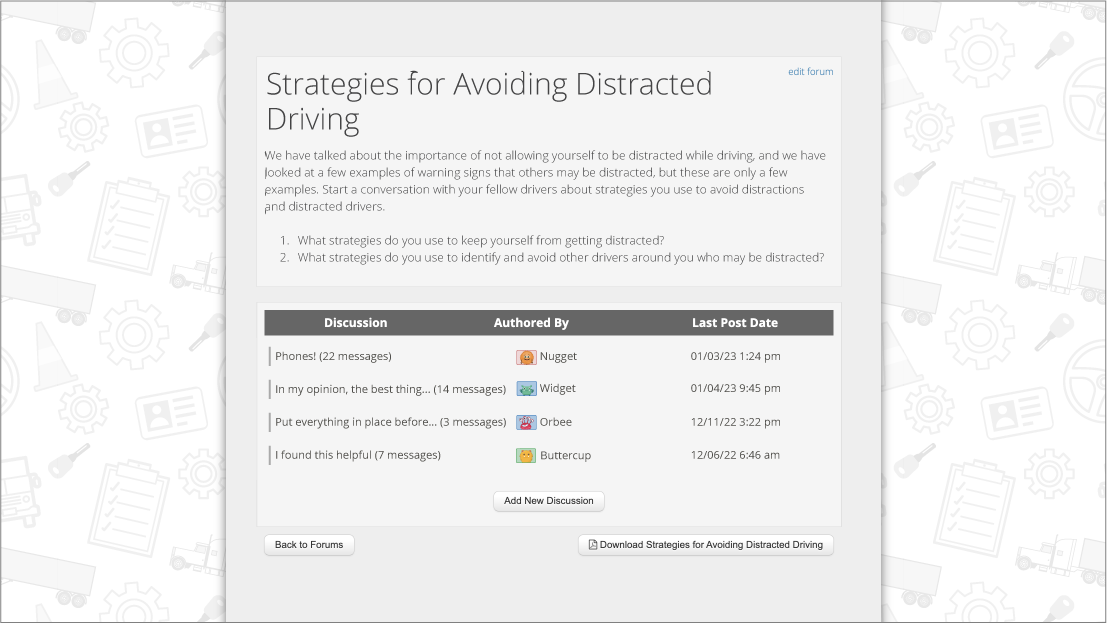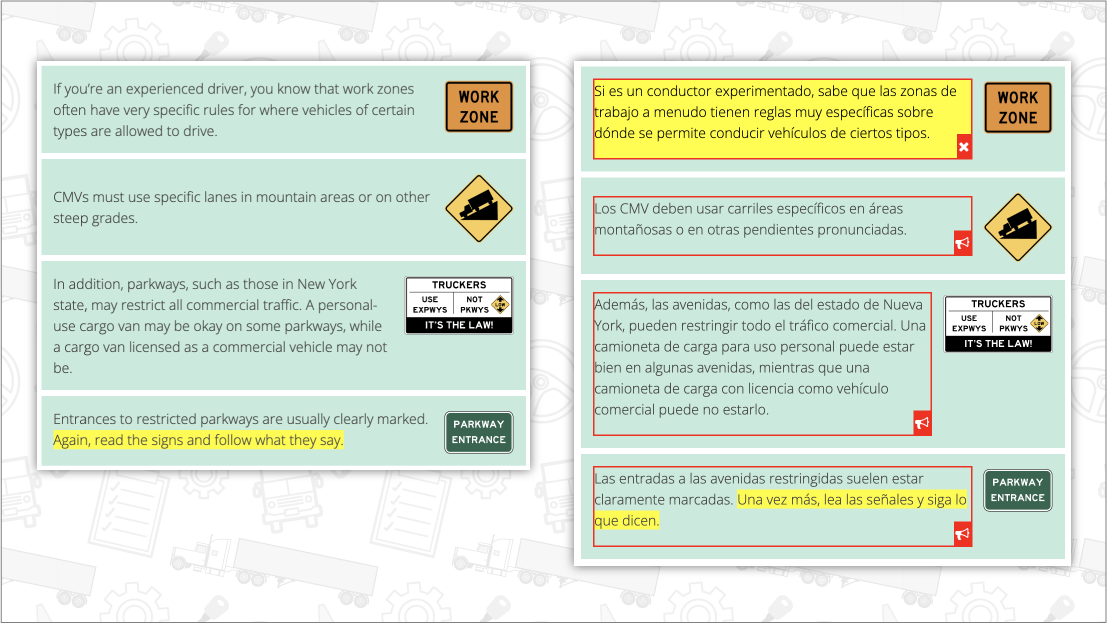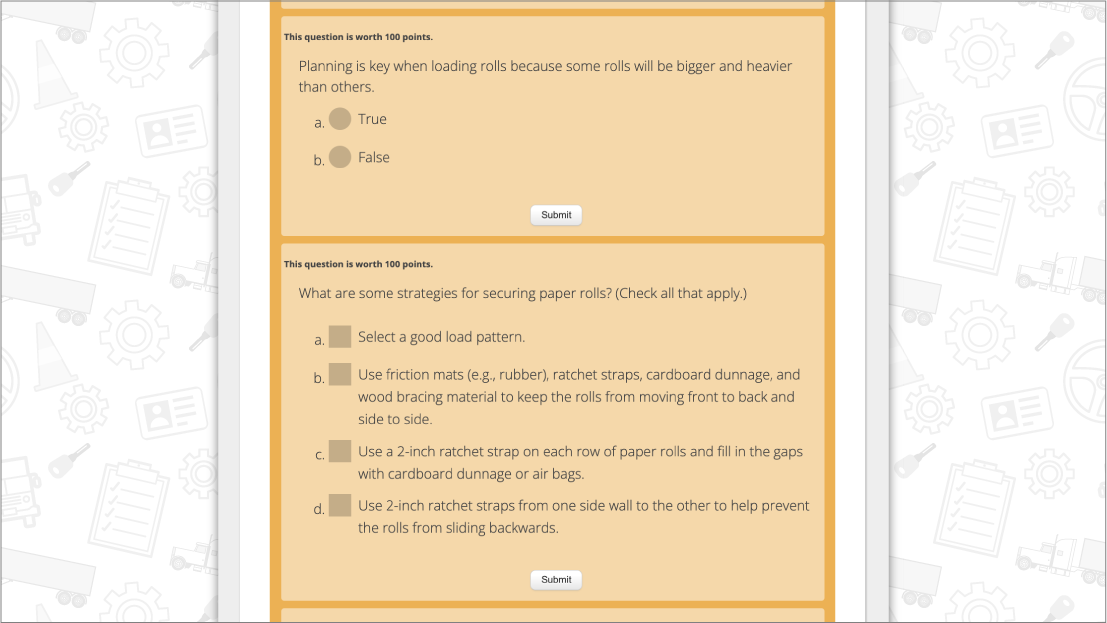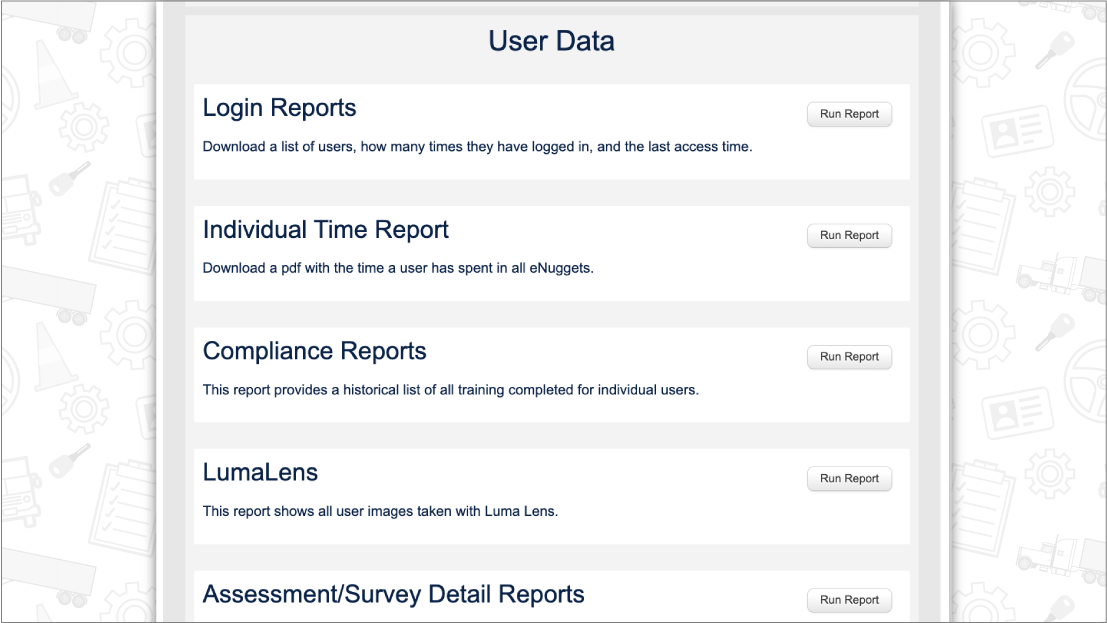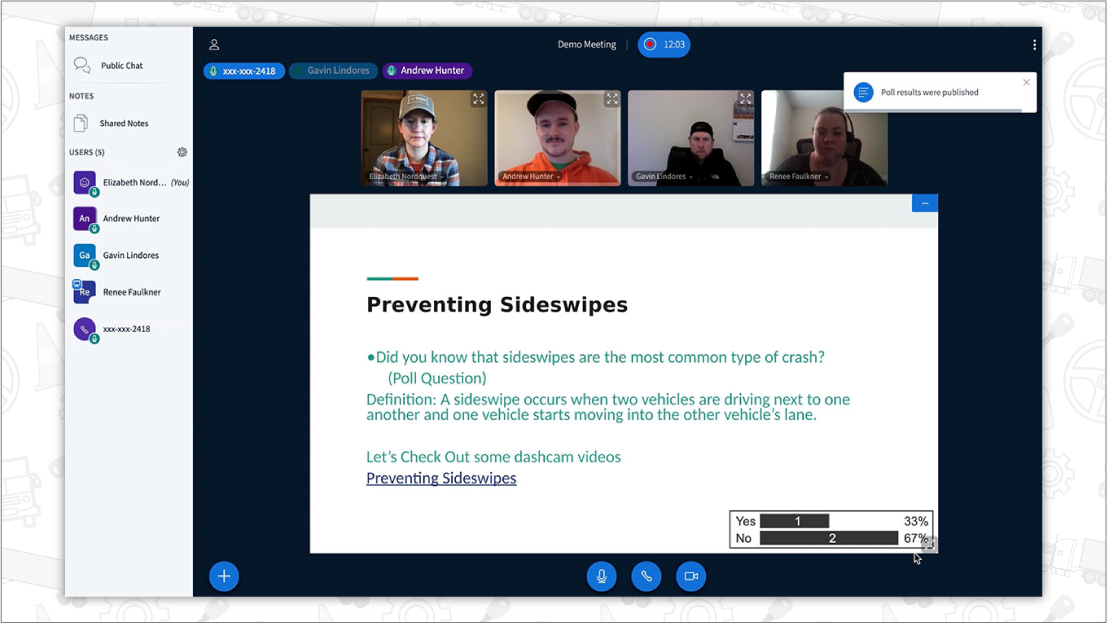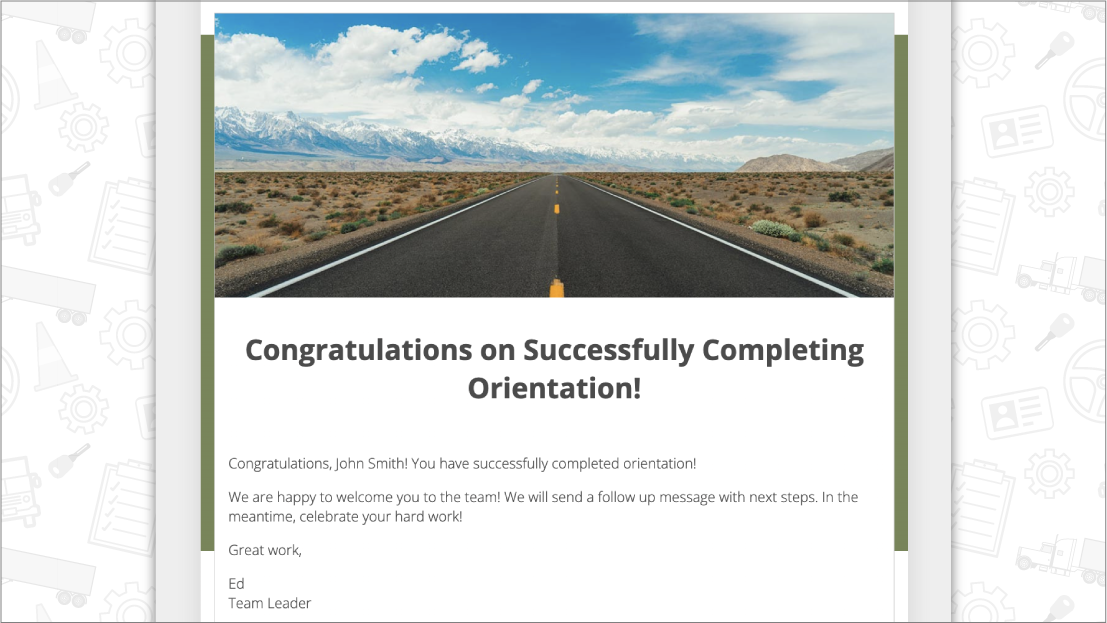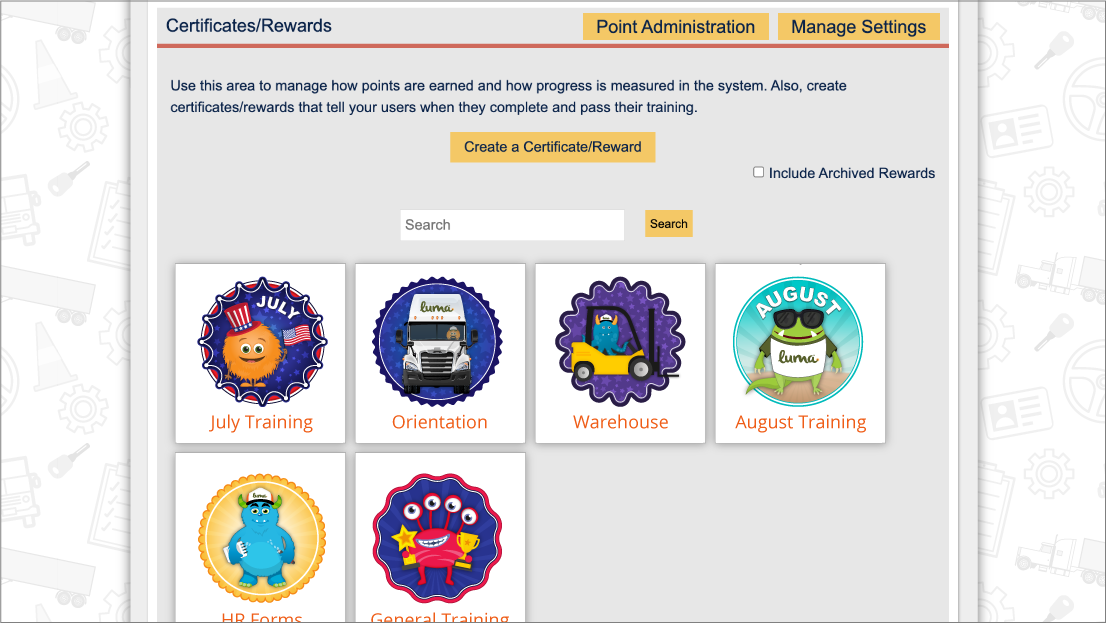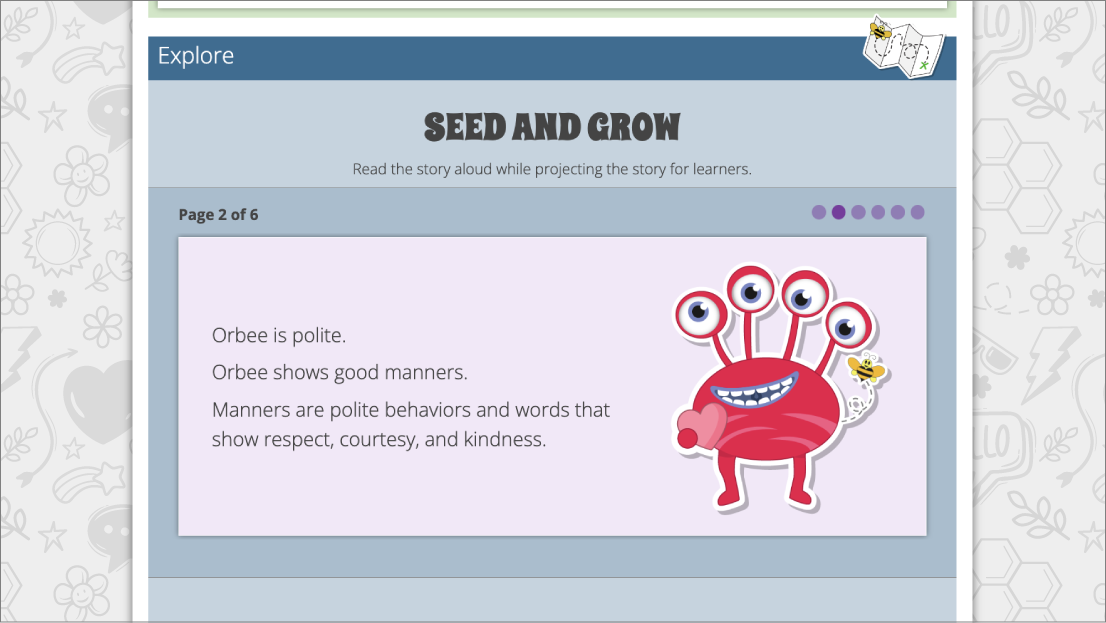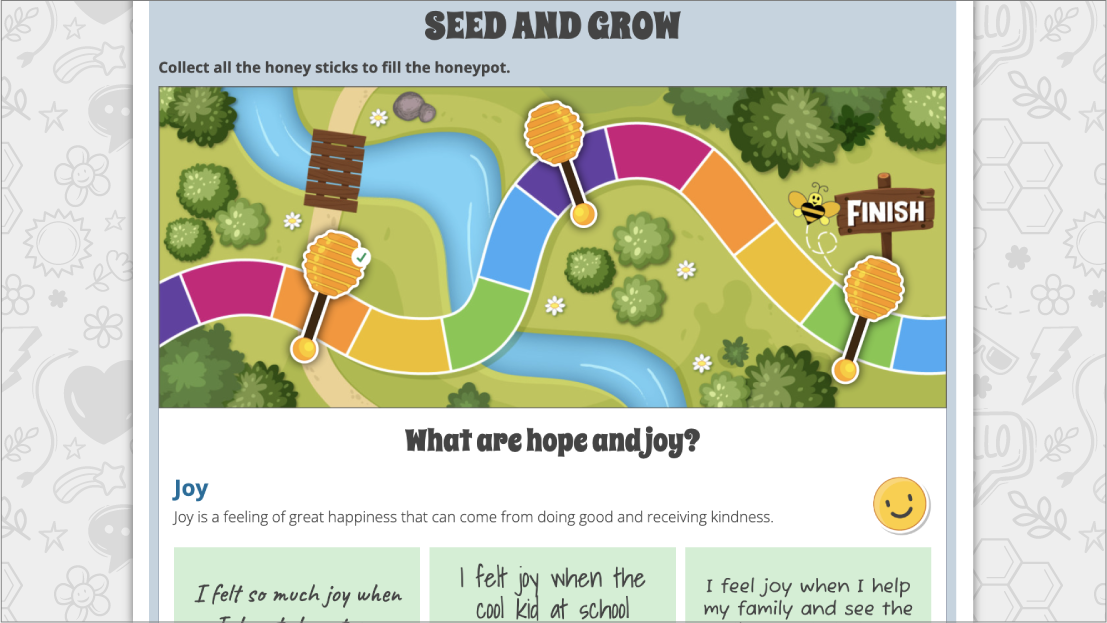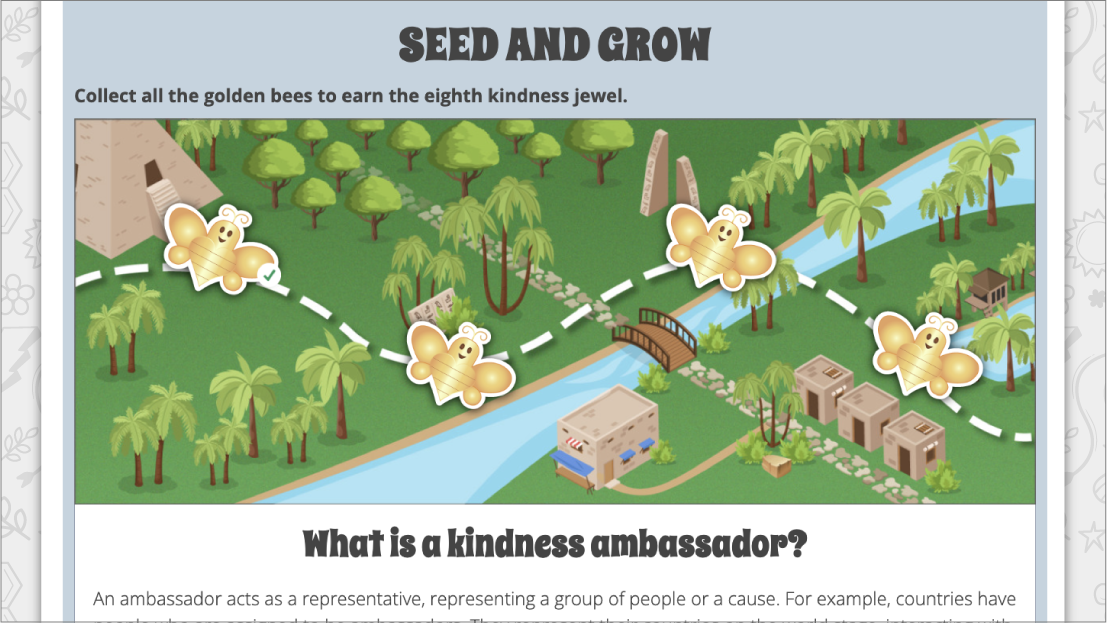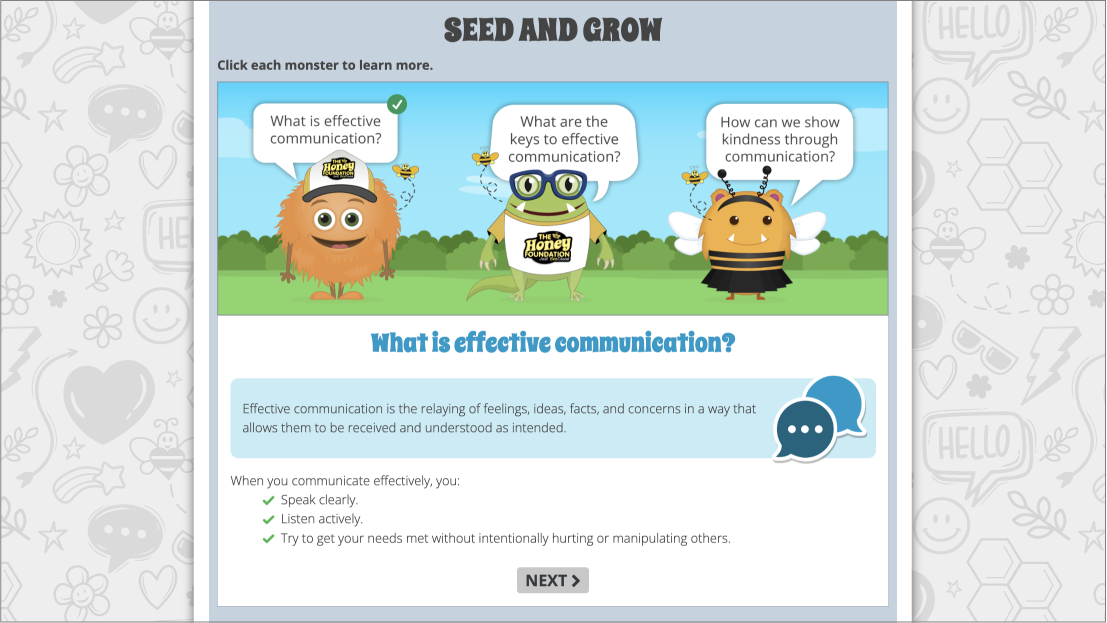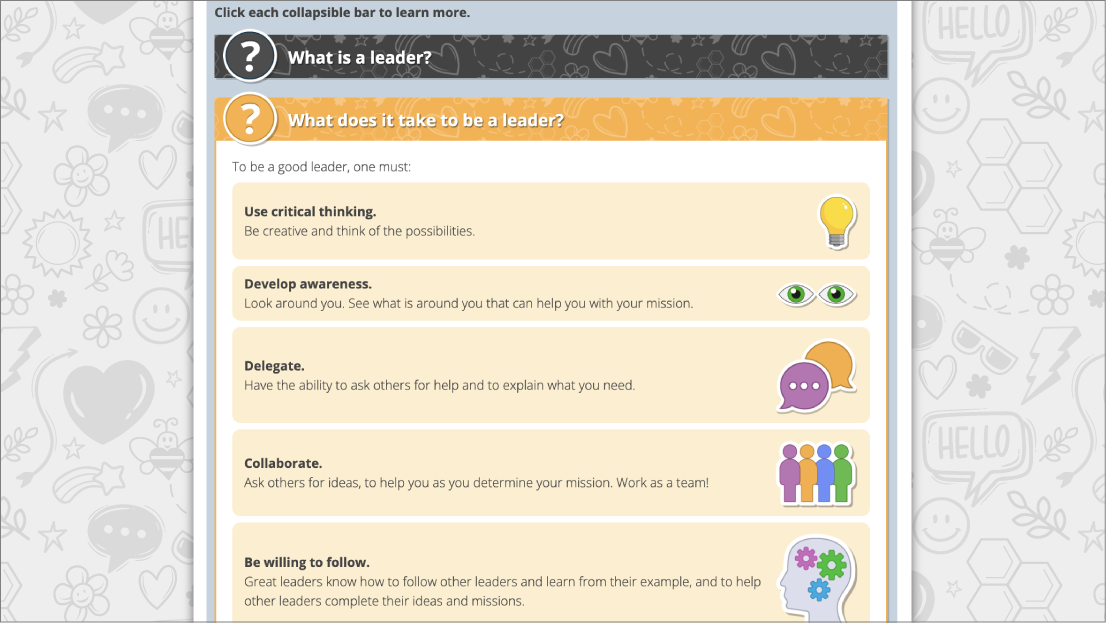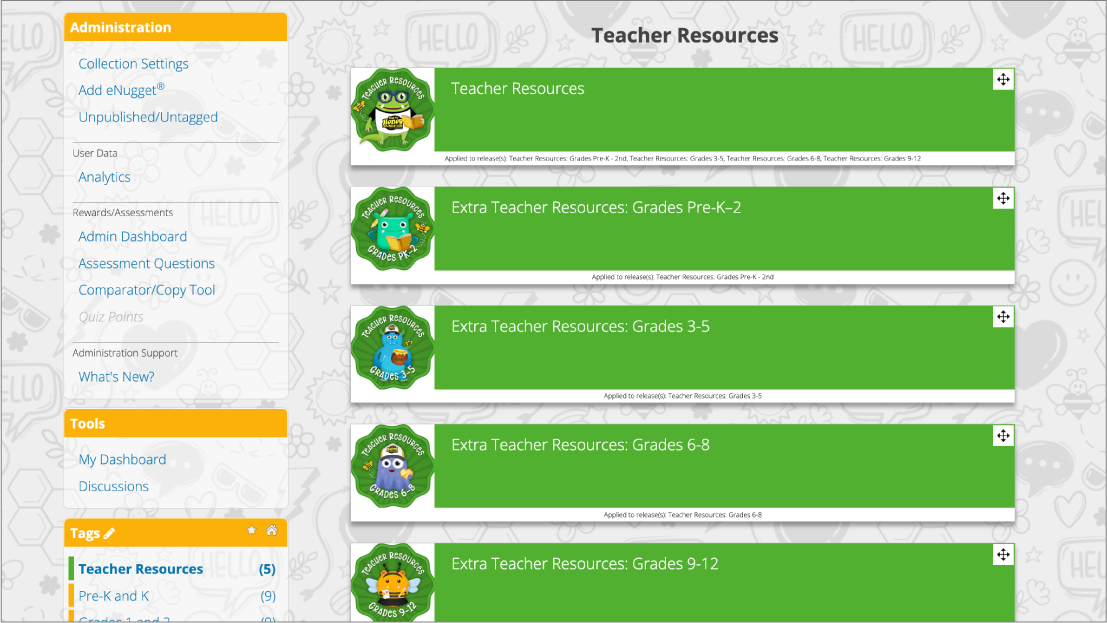
Self Care
According to the National Institute of Mental Health, if you or your employees have been experiencing some of the following signs or symptoms for most of the day, nearly every day, or for at least two weeks, you may be suffering from depression. See the signs and symptoms of depression. This is a serious issue that must be addressed. This learning lesson focuses on self care.
 Have your heard? Our Learning Lessons have been collected into a book available for purchase on Amazon.com! Teaching Without A Teaching Degree: Luma Learning Lessons contains 52 lesson plans and worksheets with 106 different teaching strategies designed for the trucking industry that can easily be adapted to suit any age and content topic.
Have your heard? Our Learning Lessons have been collected into a book available for purchase on Amazon.com! Teaching Without A Teaching Degree: Luma Learning Lessons contains 52 lesson plans and worksheets with 106 different teaching strategies designed for the trucking industry that can easily be adapted to suit any age and content topic.Our free Luma Learning Lessons include objectives, estimated time, materials and instructional procedures for classroom and online/blended teaching. We will provide strategies on how to use our new LumaLive technology to collaborate virtually in real-time. We include these pillars from our learning research to illustrate where they are infused in our lessons.
Interaction Types

For decades there has been discussions of interaction types in education. (Anderson, 2003) Most interaction types observed in driver training traditionally are learner to instructor or learner to content. Moreover, most interaction time with driver training and orientation is synchronous or at the same time. This Learning Strategy is going to help you think about ways you can hold training without a physical classroom.
Interaction Time
The following Lesson is broken down into two different interaction times.
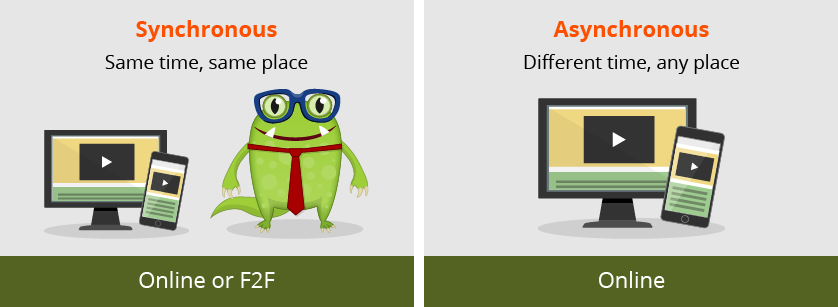
Objectives
|
||
Estimated Time60 minutes |
||
Materials
|
(or at the same time without a classroom)
We are going to assume that you do not have access to a physical classroom. However it could be adapted for a physical classroom.

 Meet with learners in a classroom or using LumaLive or similar webinar technology that allows you to meet at the same time.
Meet with learners in a classroom or using LumaLive or similar webinar technology that allows you to meet at the same time.
 Have up on the screen the word cloud: Self Care. You can use the Word Cloud worksheet that is provided or you can use a real-time world cloud software that is free like, https://bubbl.us/ to brainstorm together.
Have up on the screen the word cloud: Self Care. You can use the Word Cloud worksheet that is provided or you can use a real-time world cloud software that is free like, https://bubbl.us/ to brainstorm together.

 Give students a poll: How do you feel today?
Give students a poll: How do you feel today?




 Ask the class to type in the chat box, their personal definitions for Self Care. Repeat the definitions as they are typed and comment on them. See what the overall theme is for a class definition of Self Care.
Ask the class to type in the chat box, their personal definitions for Self Care. Repeat the definitions as they are typed and comment on them. See what the overall theme is for a class definition of Self Care.
 Write the definition of self care in the center of the word cloud. Option: You could also make this a group activity where each group has a copy of this worksheet to fill in together.
Write the definition of self care in the center of the word cloud. Option: You could also make this a group activity where each group has a copy of this worksheet to fill in together.



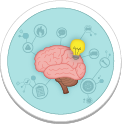 Brainstorm ideas around each of the word clouds about ways to practice self care around each of these types of self care. This activity should be structured as a large group activity or smaller groups. Moreover, you could structure the activity so each individual is filing out their own word clouds, like a reflection and then they can come back together to discuss their ideas.
Brainstorm ideas around each of the word clouds about ways to practice self care around each of these types of self care. This activity should be structured as a large group activity or smaller groups. Moreover, you could structure the activity so each individual is filing out their own word clouds, like a reflection and then they can come back together to discuss their ideas.
 After the class, send out our eNugget® on Self Care or send out similar online content that broadens their ideas or understanding of self-care. Have learners compare their ideas on the word clouds to ideas provided in the content.
After the class, send out our eNugget® on Self Care or send out similar online content that broadens their ideas or understanding of self-care. Have learners compare their ideas on the word clouds to ideas provided in the content.
 Optional: Broader share: At the end of the exercise, share word clouds on social media with learners ideas.
Optional: Broader share: At the end of the exercise, share word clouds on social media with learners ideas.
(or not at the same time)
- Send out through email or post on a discussion board the Word Cloud worksheet. Write these questions in the email or discussion board.
– What is self care? Come up with your definition.
– Review the types of self care and brainstorm ways to practice self care.
– Share your word clouds with your peers on the discussion board. Comment on at least one peer’s post. 
 Send out our eNugget® on Self Care or send out similar online content that broadens their ideas or understanding of self-care.
Send out our eNugget® on Self Care or send out similar online content that broadens their ideas or understanding of self-care.
 Optional: Broader share: At the end of the exercise, share word clouds on social media with learners ideas.
Optional: Broader share: At the end of the exercise, share word clouds on social media with learners ideas.
Reference:
Anderson, T. (2003). Modes of interaction in distance education: Recent developments and research questions. Handbook of distance education, 129-144.

 Luma® is a learning and instructional design company that is always coming out with new training topics. Need something specific? Give us a call at (574) 807-8148 ext 5 or email
Luma® is a learning and instructional design company that is always coming out with new training topics. Need something specific? Give us a call at (574) 807-8148 ext 5 or email 